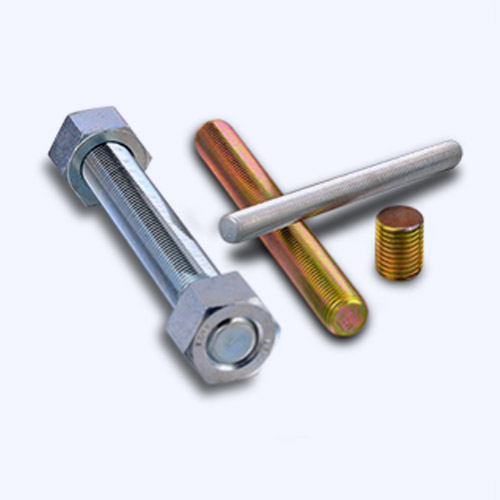Nov . 10, 2024 09:16 Back to list
Choosing the Right Dynabolt Size for Your Construction Project
Understanding Dyna Bolt Sizes A Comprehensive Guide
Dyna bolts, also known as expansion anchors or wedge anchors, are essential components in construction and engineering projects, particularly for securing fixtures to concrete or masonry surfaces. Selecting the right size of dyna bolt is crucial for ensuring the integrity and safety of structures. In this article, we will delve into the different sizes of dyna bolts, their applications, and factors to consider when choosing the appropriate size for your project.
What are Dyna Bolts?
Dyna bolts are specialized anchors that consist of a bolt, a cone-shaped expansion mechanism, and a sleeve. When the bolt is tightened, the cone pulls the sleeve outward, causing it to expand against the sides of the hole drilled into the concrete or masonry. This creates a secure fit, allowing the bolt to carry loads effectively. Generally made of steel with zinc plating for corrosion resistance, dyna bolts are ideal for outdoor applications.
Common Dyna Bolt Sizes
Dyna bolts come in various sizes to accommodate different load requirements and applications. The size of a dyna bolt is typically indicated by its diameter and length. Common diameters include
1. M6 (6 mm) 2. M8 (8 mm) 3. M10 (10 mm) 4. M12 (12 mm) 5. M16 (16 mm) 6. M20 (20 mm)
The length of dyna bolts usually ranges from 40 mm to 150 mm or more, depending on the thickness of the material being anchored and the required embedment depth in the concrete.
Applications of Dyna Bolts
Dyna bolts are widely used in various applications, including
dyna bolt size

- Structural Supports Ideal for securing structural beams, columns, and frames to concrete foundations. - Machinery Installation Used for anchoring heavy machinery and equipment in industrial settings. - Wall Fixtures Perfect for mounting shelves, cabinets, and brackets onto concrete walls. - Signage and Railings Employed in the installation of signs, guardrails, and fencing.
Choosing the Right Size
When selecting the appropriate size of dyna bolt, several factors must be considered
1. Load Requirements Determine the weight of the object being secured and any dynamic loads that may be applied. Heavier loads require larger diameter and longer bolts to ensure adequate support.
2. Base Material The type of substrate (concrete, brick, or masonry) will impact the choice of dyna bolt size. Harder materials may allow for smaller bolts, while softer materials might require larger ones.
3. Environmental Conditions If the application is exposed to moisture or corrosive environments, opt for larger bolts that can withstand the stresses induced by environmental factors.
4. Depth of Embedment The embedment depth is crucial for the performance of the dyna bolt. The more deeply a bolt is anchored, the better it can distribute loads. Follow manufacturer guidelines for minimum embedment depths based on bolt size.
5. Safety Factor Consider safety factors when calculating load requirements. It’s prudent to choose a bolt size that exceeds your calculations to account for unexpected stresses or environmental changes.
Conclusion
Selecting the appropriate size of dyna bolts involves understanding the specifics of your project and the loads that the bolts will need to support. With various sizes available, it is essential to analyze the weight of the materials, the structural integrity of the base, and the environmental conditions. By taking these factors into account, you can choose the right dyna bolt size, ensuring stability and safety in your construction or engineering project. Don’t hesitate to consult with professionals, such as structural engineers or construction experts, for guidance in making the right choices regarding dyna bolt sizes and specifications. With the correct application and sizing, dyna bolts can offer reliable support for any construction endeavor.


